#archaeology photography
Text
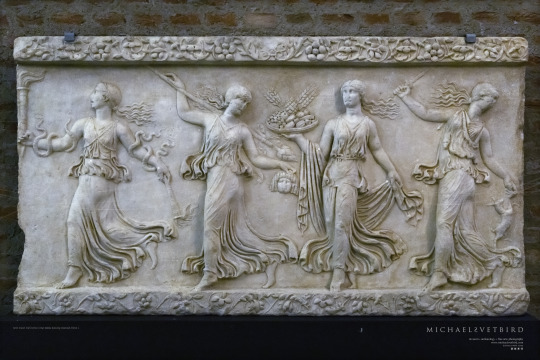
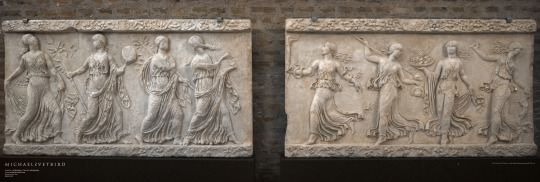
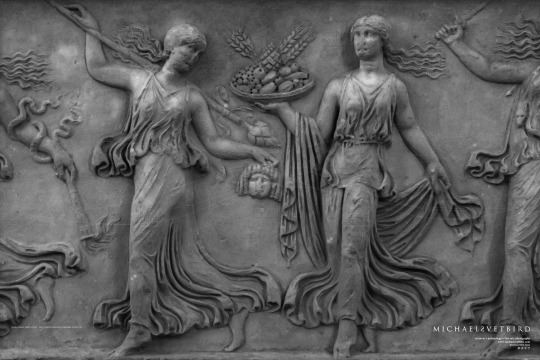
DANCING MAENADS:
2 Large Marble Frieze Reliefs H89 X W165 cm each,
Roman
"The female figures are faithful copies of the models created at the end of the 5th c. BC by the Greek sculptor Callimachus.
Some, such as the maenad holding a basket full of fruit and the one screaming disheveledly brandishing two torches and with her arms wrapped in snakes, are however not typical of the Dionysian thiasos but refer to the iconography of an offering bearer or a Hora [season] and that of an Erinyes [personification of revenge especially towards those who attack one's family], themes that adapt to a funerary context."
[txt ©MRT]
White Marble
Mid- 1st AD
LEFT [no faces preserved]
RIGHT [featured in this post].
Musei Reali Torino, Turin | MRT
[Museum of Antiquities | Museo di Antichità, -1 Floor]
• Web: https://museireali.beniculturali.it/en/archaeological-museum
• FB: https://www.facebook.com/museirealitorino
• IG: @ museirealitorino
• X: @ MuseiRealiTo
MRT | Michael Svetbird phs©msp 18|02|24 6300X4200 600 [I.]
The photographed objects are collection items of MRT, photos are copyrighted
[non commercial use | sorry for the watermarks]
📸 Part of the "Reliefs-Friezes-Slabs-Sculpture" MSP Online Photo-gallery:
👉 D-ART:
https://www.deviantart.com/svetbird1234/gallery/72510770/reliefs-friezes-slabs-sculpture
.
#turin#palazzo reale torino#musei reali torino#archaeological museum#museo archeologico#ancient sculpture#ancient art#roman#art history#antiquity#museology#archaeology#mythology#antiquities#heritage#ancient#sculpture#frieze#relief#maenads#maenad#dionysus#ancient greece#ancient rome#ancient world#sculpture photography#art photography#museum photography#archaeology photography#michaelsvetbird
39 notes
·
View notes
Text

Assyrian alabaster relief of an Eagle-Headed Winged Figure from the ancient city of Nimrud, dating back to the 9th century BCE. The Pergamon Museum, Berlin, GERMANY.
Photo by Babylon Chronicle
2K notes
·
View notes
Text
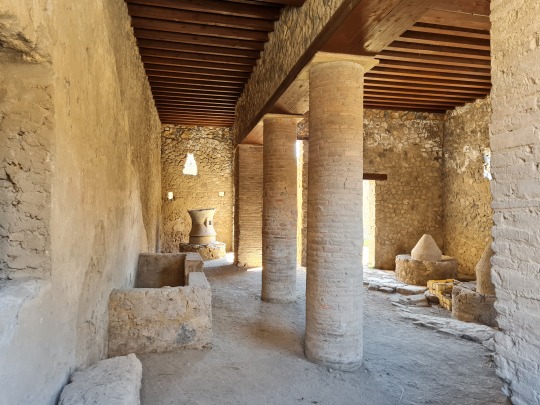

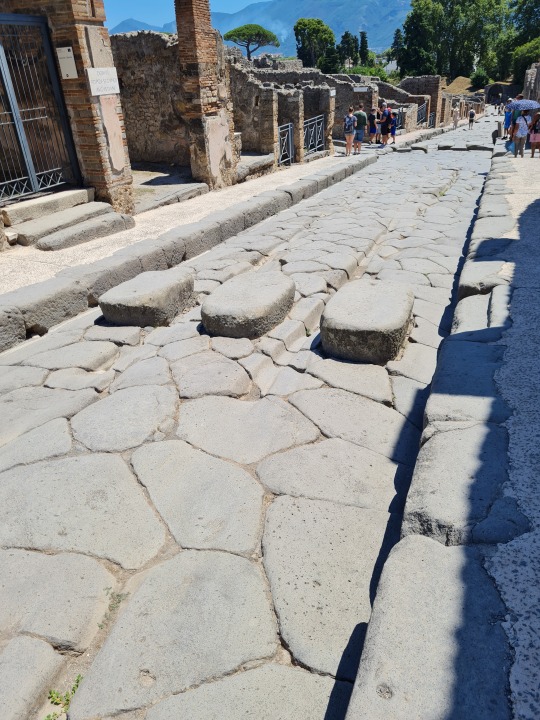

The ancient city of Pompeii, Italy
On the first photo is the bakery of Sotericus.
On the last photo you can see clay pots built into countertops in the taberna.
#pompeii#ancient rome#antiquity#archaeology#ancient history#ancientmonuments#history#culture#architecture#travel#traveling#travel photography#travel destinations#art#roman architecture#roman archaeology#photography#photographers on tumblr#italy#mediterranean#italytravel#italia#explore#wanderlust#ancient ruins#places to visit
625 notes
·
View notes
Text


The Riace Bronzes were found in the sea off the coast of Italy in 1972. They are life sized, bearded warriors cast in the 5th century BCE. Ancient Greek bronzes rarely survive as many were later melted down. We only really know how Ancient Greek bronze sculptures looked like because the Romans were copycats.
Reggio di Calabria, Italy
#ancient art#Ancient Greek#Ancient Greece#bronze#statue#art history#Italy#Italia#Reggio calabria#travel#original photography#iphonography#museum#archaeology#photographers on tumblr#photography#lensblr#history#wanderingjana
520 notes
·
View notes
Text

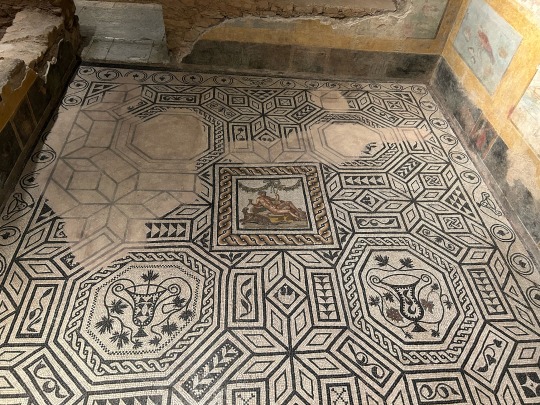




Ancient Roman houses found under the garden of a former monastery. Santa Giulia Museum, Brescia
March 28, 2024
#italia#italy#brescia#original photography#photography#travel#photographers on tumblr#architecture#lensblr#historical architecture#ancient architecture#unesco#ancient rome#ancient ruins#archaeology#mosaic#house#old house#house design#wanderingjana
168 notes
·
View notes
Text
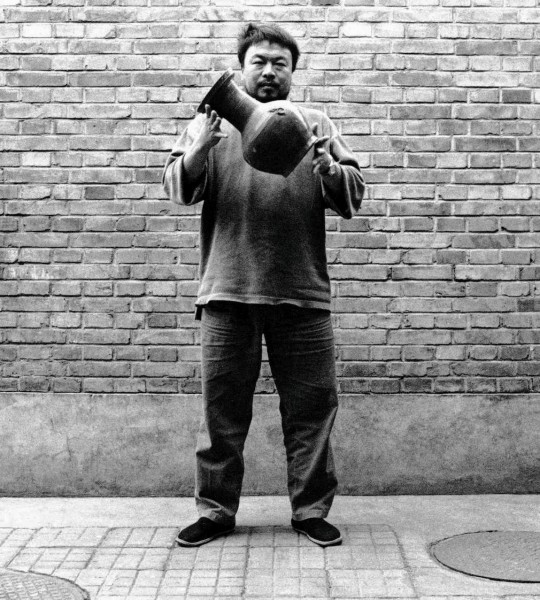
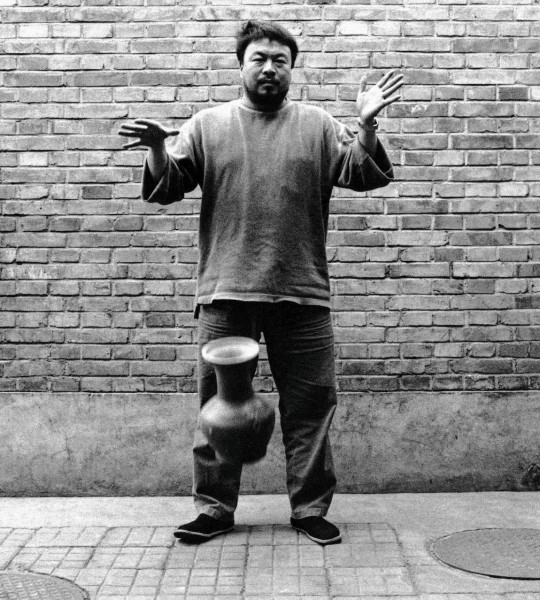

Ai Weiwei Dropping a Han dynasty urn. 1995. Gelatin silver prints: 148×121 cm (58×47 in) ea.
#ai weiwei#china#1990s#photos#art#people#photography#retro#culture#art history#archaeology#history#anarchy#90s#grunge#urban#b&w#street photography#alternative#aesthetic#⚱#han dynasty#📚
344 notes
·
View notes
Text

Head of Dionysus, the god of wine, have been uncovered in an archaeological dig in the ancient city of Aizanoi, Turkey
#photography#art#nature#landscape#aesthetic#portrait#contemporary art#painting#abstract#architecture#artifacts#turkey#archaeology#history#sculpture
1K notes
·
View notes
Text

..
#history#dark academia#autumn#fall aesthetic#archaeology#pompei#original photography#italia#kampanien#october#original photographers#academia aesthetic#pompeii#pompeji#mural#wallpainting#leaves#autumn leaves#fall leaves#painting#art#ancient rome#ancient art#fall#autumn aesthetic#campania#italy#italien
265 notes
·
View notes
Text

Fortress ruins at Abdullakhan-Kala, Merv in Turkmenistan, circa 1890.
370 notes
·
View notes
Text
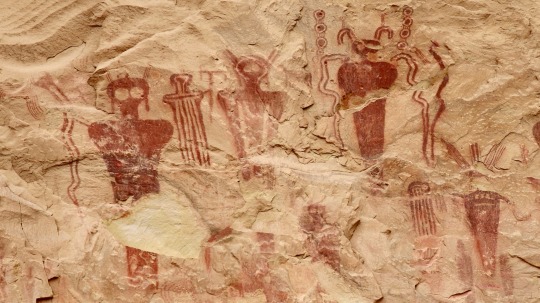


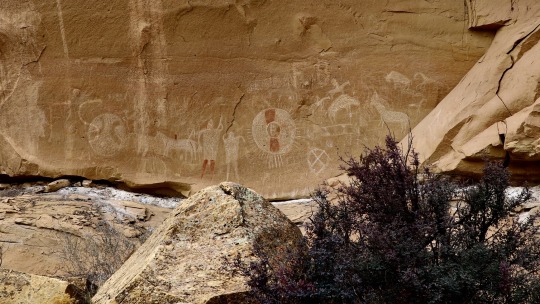
#Ute#Fremont#barrier style#pictographs#petroglyphs#American Indian#art#history#archaeology#adventure#travel#my photo#desert#southwest#utah#photography#aesthetic#sego canyon rock art interpretive site#aka#Thompson wash rock art district
109 notes
·
View notes
Text


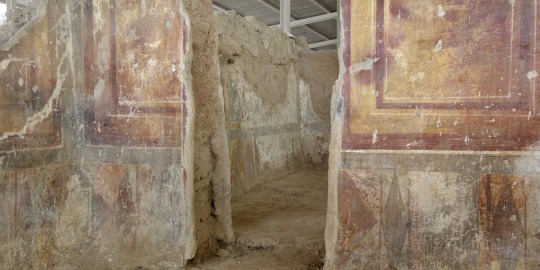


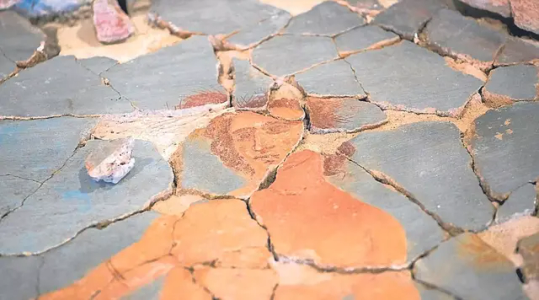
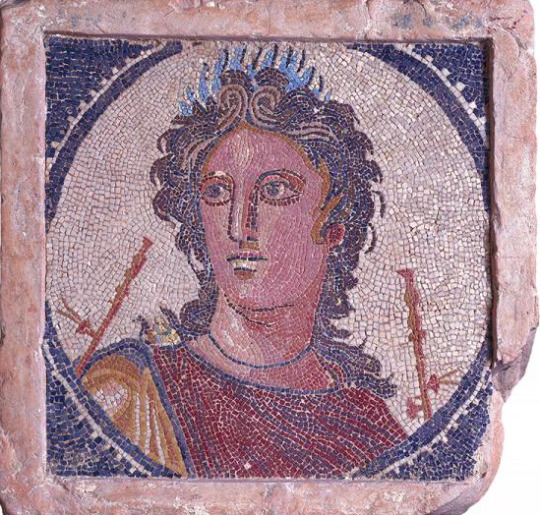



Vil·la romana dels Munts (Els Munts Roman Villa) is one of the best preserved Roman villas in the Iberian peninsula, the Roman province of Hispania. It's located in modern-day Altafulla (Camp de Tarragona, Catalonia), in the countryside near the important Roman city of Tarraco (modern-day Tarragona). The villa's archaeological remains are included in the UNESCO World Heritage Site "Archaeological Ensemble of Tarraco".
The oldest part of the villa dates from the 1st century AD, when it was a small farming villa, but it was soon abandoned. In the early 2nd century AD, the old villa was demolished and the place was rebuilt as a large, aristocratic villa: it still kept having a significant agricultural role, but included a magnificent and luxurious residence area. To get an idea of how luxurious it was, a normal 2nd-century Roman villa might have one marble covering, while Els Munts has hundreds of coverings made of marble imported from the Eastern Mediterranean and the North of Africa. The residence also had wall paintings, mosaic floors, statues, fountains, and artificial ponds. The villa also included a bath house and a the largest temple of the Mithraic religion known in the Western Roman Empire.
When the Roman emperor Hadrian stayed in Tarraco the winter of 122-123 AD, it's thought that this villa could have been the place where he was staying. A statue of Antinous (Hadrian's lover) was found in Els Munts.

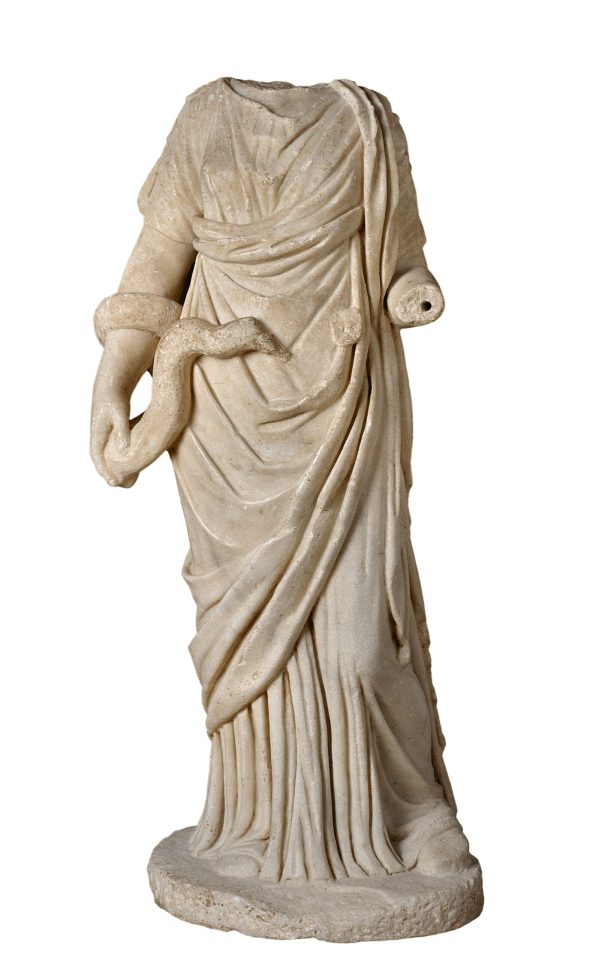

Statue of Antinous, Higea, and Asclepios found in Els Munts. Nowadays in Museu Nacional Arqueològic de Tarragona.
The villa was partially destroyed by a fire in the late 3rd century, starting its decline. In the early 5th century, it was remodelled into a Late Roman villa and then a Visigothic one, and was in use until the 7th century.
Photos by Quim Roser/Dep. Cultura, ArqueoXarxa, Manel Antolí/Tarragona Turisme, Tjerk van der Meulen/Ara, MNAT - Google Arts and Culture. Drawing reconstruction by Hugo Prades/MNAT. Information from Museu Nacional Arqueològic de Tarragona and Ara (Josep Anton Remolà).
#vil·la romana dels munts#arqueologia#història#altafulla#catalunya#arts#archaeology#archeology#ancient rome#ancient roman#antinous#emperor hadrian#ancient#antiquity#roman empire#mosaic#catalonia#europe#travel#travel photography
112 notes
·
View notes
Text
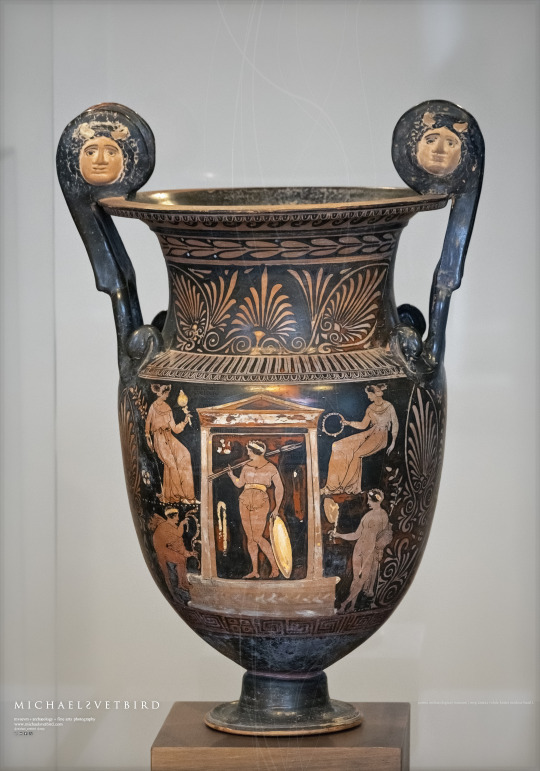


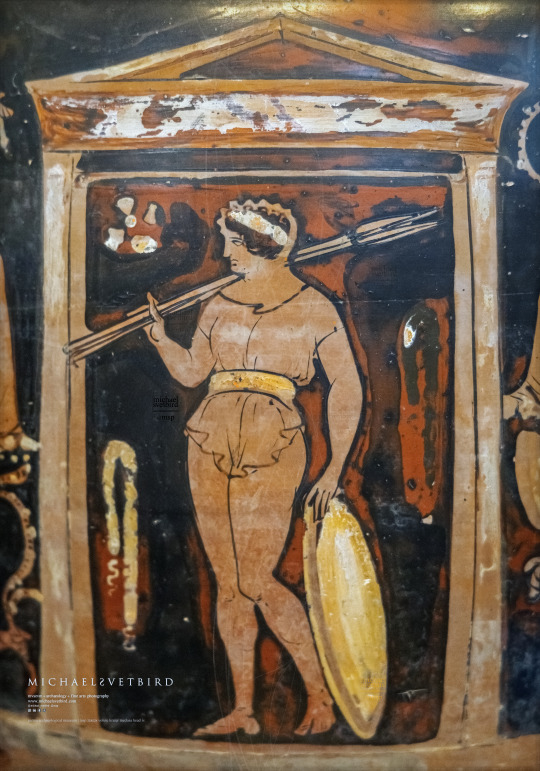
KRATER W/ THE HEAD OF MEDUSA:
Apulian Red-figured Volute Krater
Attributed to the Painter A of the Heroa Group
Ca 350 BC
[Sides A & B: Scenes from the cult of the dead]
Pic 1 : Side B;
Pic 2 : Side A, upper register, Medusa's head close-up;
Pic 3 : Side A;
Pic 4 : Side B, vessel body close-up:
Male or Female [4] ?..
Somebody's portrait? What is your opinion?
Museo Archeologico Nazionale di Parma | MANP
[Pilotta, Archaeological Museum, Floor 2]
https://complessopilotta.it/en/archaeological-museum
MANP | Michael Svetbird phs©msp 22|02|24 6000X4200 600 [I., III., IV.]
The photographed object is collection item of MANP, photos are copyrighted
[non commercial use | sorry for the watermarks]
.
#parma#archaeological museum#museo archeologico#apulian#puglia#magna grecia#krater#red figure pottery#vase painting#ancient pottery#pottery#ancient art#antiquity#ancient#archaeology#museology#museum#mythology#greek mythology#art history#antiquities#heritage#cultures#medusa#μέδουσα#warriors#art photography#archaeology photography#museum photography#michaelsvetbird
26 notes
·
View notes
Photo

The human-headed Lamassu from the city of Nimrud, dating back to 883-859 BCE. The Pergamon Museum, Berlin, GERMANY.
Photo by Babylon Chronicle
1K notes
·
View notes
Text




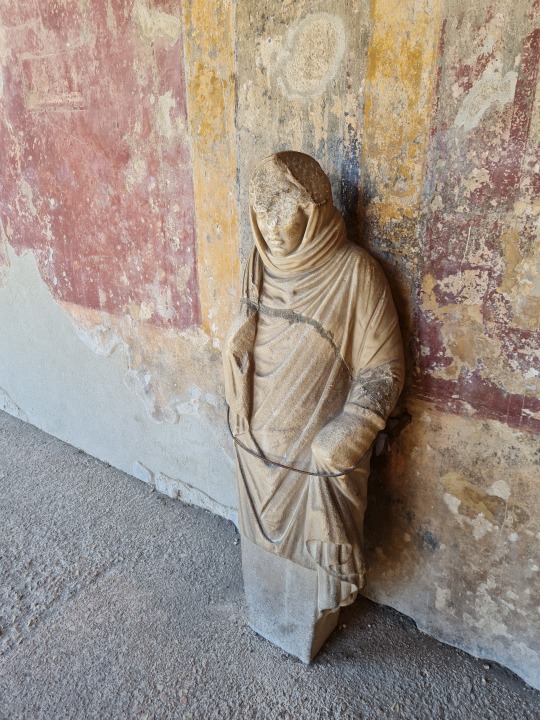

The Stabian Baths in the ancient city of Pompeii
The thermae were constructed around 125 BC. Hundred years later, the baths were connected to Pompeii's aquaduct. They were damaged in the earthquake of 62 AD.
#pompeii#antiquity#ancient history#ancient rome#travel#architecture#culture#art#art history#history#travel photography#places to visit#wanderlust#ancientmonuments#italy#italia#thermae romae#thermal baths#baths#photography#photographers on tumblr#ruins#ancient ruins#ancient art#archaeology#artifacts
430 notes
·
View notes
Text
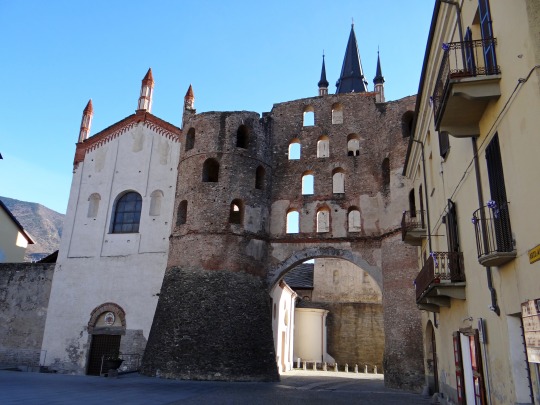

The Ancient Roman gate of Susa, Italy.
#ancient rome#italy#susa#architecture#historical architecture#city gate#gate#ancient architecture#archaeology#travel#urbanexploration#original photography#history#photographers on tumblr#lensblr#photography#wanderingjana
496 notes
·
View notes
Text

The Treasury الخزنة | Petra, Jordan
Tumblr | Instagram | Society6
#The Treasury#Petra#Jordan#الخزنة#middle east#asia#travel#wanderlust#seven wonders#archaeology#ancient history#indiana jones#Al-Khazneh#photographers on tumblr#canon photos#original photography#original photographers#lensblr
111 notes
·
View notes